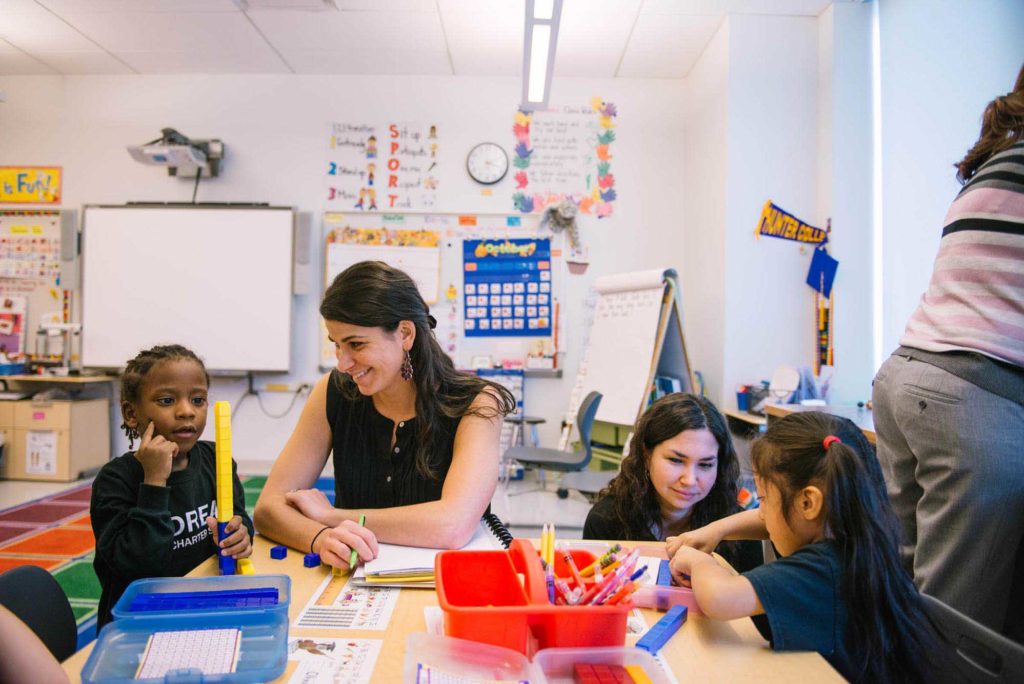The National Center for Special Education in Charter Schools (NCSECS) released a report today, “Key Trends in Special Education in Charter Schools: A Secondary Analysis of the Civil Rights Data Collection,” which examines 2013-2014 data on enrollment and placements of children with disabilities in the nation’s charter schools. Let’s preface this post with a nod to those who claim that some charters produce better student outcomes because they don’t accept their “fair share” of kids eligible for special education. Sometimes this is true, although the reasons are complex and easily misconstrued. After all, federal and state law empowers parents as decision-makers in placement; requires that special needs children be placed in the “least restrictive environment,” typically their local district; and case managers often steer parents towards placements within traditional schools. A section at the end of the report lists the “various challenges autonomous charter schools face,” such as “small size, limited resources, and access to existing special education structures and supports.”
Complexities aside, the NCSECS analysis belies reductive and reactive charter-flogging and shows that these alternative schools are continuing to create and provide more access for children with disabilities. (For a post-2014 example, read about my young friend Jared.) Here are a few highlights from the report, which is easily read in its entirety.
- In 2013-2014 the national average of children across all public schools, traditional and charter, who were eligible for special education services was 12.52 percent. “On average in states with charter laws, students who qualify for services under IDEA made up 10.62% of total enrollment in charter schools and 12.46% of total enrollment in traditional public schools (i.e., non-charter public schools). This is similar to the enrollment in 2011–12 at 10.42% for charter schools and 12.55% in traditional public schools.” In other words, traditional publics enroll about two percent more students with disabilities than charters.
In some states (including New Jersey), charters operate as their own districts, also referred to as LEA’s, or “local education agencies.” But in other states, charters are part of larger LEA’s. Charters that comprise their own LEA’s enroll 11.5 percent of children with disabilities. In charters that are part of other LEA’s, 9.74 percent of their enrollment is children with disabilities.
However, in four states (Wyoming, Delaware, Missouri, and New Jersey) traditional public schools enroll at least five percent more students with disabilities than charter schools.
- Overall, charters enroll higher percentages of kids with “specific learning disabilities,” which is the most common classification (about half of all special ed students). It’s worth noting that this classification (think dyslexia, auditory processing, dysgraphia, ADHD) is usually the least expensive and least complex disability to treat. But, interestingly, children with autism — one of the most complex and expensive disabilities to treat — comprise slightly higher percentages of enrollment in charter schools than traditional schools (7.2% vs. 6.53%). Traditional schools serve more children with intellectual impairments. Charters that are their own LEA enroll “a notably larger percentage” of children with emotional disturbances (6.15% vs. 3.10%).
Charter schools more often place children with disabilities in inclusive environments, i.e., classrooms with typical peers. From the report: “84.27% of students with disabilities in charter schools were educated in the general education classroom for 80% or more of the day compared to 68.09% of students with disabilities in traditional public schools.” These less restrictive placements may be facilitated by the higher number of charter students with less severe disabilities, i.e., specific learning disabilities.
- Across the country, both traditional and charter public schools suspend children with disabilities at twice the rate as students without disabilities. The percentages — 11.56 percet in traditionals, 12.28 percent in charters — is slightly lower than NCSECS’ previous study of data from 2011-2012, perhaps a recognition of this disparity and an attempt to remedy it.
- In 2013-2014 there were 47 schools that specialized in a single disability category (e.g., autism or deaf-blindness). Florida, Ohio, and Texas have the highest number of specialized charter schools.
- There is “room to improve access” in charter schools for students with disabilities, although the study notes that the data are more than three years old and “not mirror the current reality in charter schools.” The authors note that the “recent adoption of uniform enrollment systems in cities with a large proportion of charter schools (e.g., Denver, Newark, New Orleans, and Washington, DC) may be significantly improving access for students with a diverse range of disabilities. The release of the 2015–2016 CRDC dataset will provide additional insight into whether this policy tool is in fact advancing the goal of equal access.”
As the charter sector grows to serve more of our nation’s students, with and without disabilities, there will be (and should be) “pressure to address and resolve potential barriers, ensure equal access, and provide quality, and ideally, innovative, supports for diverse learners.” The U.S. Education Department, state departments of education, and charter school authorizers “must strive to develop and sustain accountability systems that honor the autonomy that creates opportunity for innovation while simultaneously maintaining high expectations for charter schools related to equity.”



